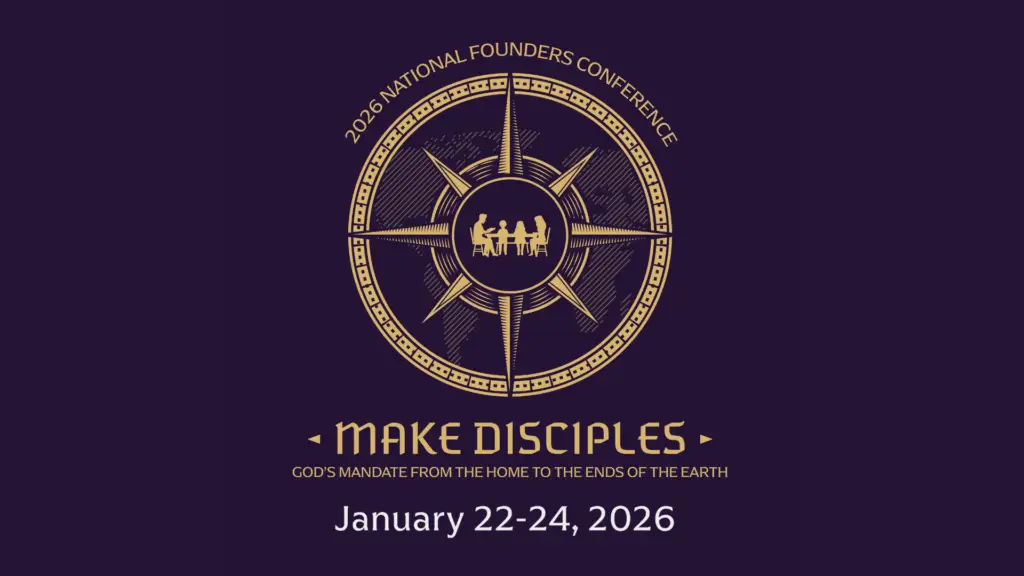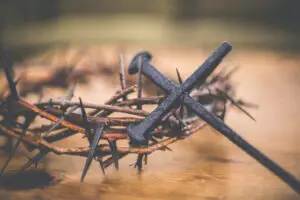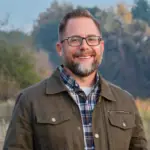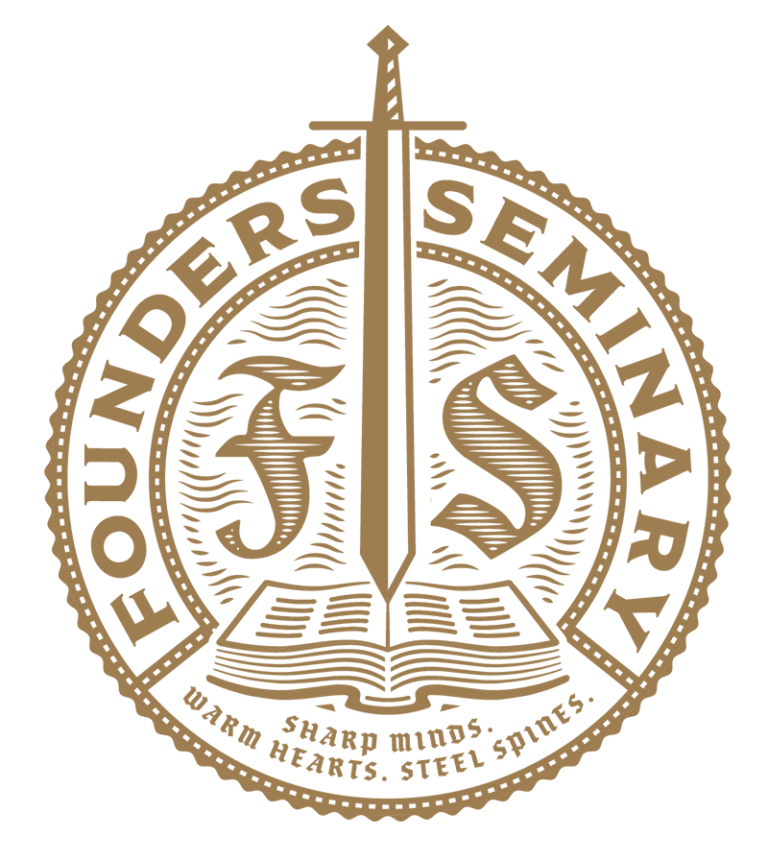Acts 9:36–43
I. The Context of this Event and the Divine Logic
A. It shows a progression in the evidence that the work of the apostles was throughout dependent on the work of the Spirit.
Peter’s involvement in the miraculous increasingly shows itself as Spirit-dependent activity. This serves as evidence that even in the preaching of the gospel, conversions come not from any peculiarly strong elements of rhetoric or argument on the part of the apostles but from the invincible and effectual involvement of the Holy Spirit in his covenant work of glorifying the work of Jesus.
-
- The healing of the paralytic Aeneas (9:32–35) was a remarkable work of God. Its immediacy and thoroughness mark it as such since the man had been bed-ridden for eight years. Peter’s words were, “Jesus Christ heals you.” This parallels Jesus’ healing of the lame man at the pool of Bethesda (John 5:1–9) and the earlier healing by Peter and John of the man lame for thirty-eight years narrated in Acts 3:1–10—“In the name of Jesus of Nazareth, rise up and walk” (3:6).
- The raising of Dorcas from death (9:36–43), in harmony with other raisings we see in Scripture (listed below), is a clear manifestation of a work only God can do.
- The challenge to the perpetuity of the ceremonial law and the Spirit’s descent on the Gentiles for their conversion (Chapter 10) must be arranged and ordained by God. This is presented as an event of power greater than the raising of Dorcas. It involved changing Peter’s mind about the inviolability of the ceremonial law, his presence in a Gentile home, and the conversion of the uncircumcised.
- Conversion is likened to a resurrection and a creation (Ephesians 2:1–10) but is more remarkable for it involves, not just the giving of physical life, but the radical alteration of affections of a physically alive person from a path of eternal death to a path of eternal life. It involves the alteration of hate to love, enmity to joyfully submissive alliance, susceptibility to wrath to a state of reconciliation.
B. The raising of this spiritual gazelle (Tabitha, Dorcas) aligns the apostolic movement with the time of the prophets and the ministry of Jesus.
-
- Elijah raised the widow’s son at Zarephath (1 Kings 17: 17–24). This called for isolation, times of prayer, reasoning with God, meditation, exertion of physical energy, expression of distress, and a presentation of the newly-living child. The mother concluded, “Now I know that you are a man of God, and that the word of the Lord in your mouth is truth.”
- Elisha raised the son of the Shunammite woman in 2 Kings 4:33. The actions of Elisha were very similar to those of Elijah. Isolation of himself with the dead child, prayer, contact of body to body and then resuscitation. The woman showed great respect for Elisha.
- A dead man received life at the touch of Elisha’s bones (2 Kings 13:21).
- Jesus raised the daughter of a “ruler of the synagogue” named Jairus (Matthew 9:25; Mark 5:22–43). Jesus stopped the commotion and put the people outside. Peter, James, and John, along with the girl’s parents were allowed to be with him. He took her hand, told her to get up, and the girl arose. He charged them that no one should know this.
- Jesus raised the son of the widow of Nain. (Luke 7:15) – Jesus initiated this encounter at the sight of the pitiableness of the situation. In this very public venue, Jesus spoke to the dead man, “Young man, I say to you, ’Rise.’” The crowd glorified God and said that a great prophet had arisen, and God had visited his people.
- Jesus raised Lazarus (John 11:38–44). Again, there was a great commotion for mourners were all around. Jesus himself was moved deeply at all the circumstances of the death. He called Lazarus forth, four days dead, wrapped in grave clothes. This event sparked more intense efforts for the religious leadership of the Jews to seek to kill Jesus (11:53, 54).
- Saints arose from the dead at the time of the crucifixion of Jesus and came out of their tombs after his resurrection (Matthew 27:52, 53).
II. Why Are some resuscitated from death to life?
A. Dorcas in particular – The text indicates that Dorcas was a woman of great compassion and ability who gave herself to the relief of those who were needy; she was “full of good works and acts of charity” making garments for them.
Peter had been present when, for the purity of the church, God had taken the lives of Ananias and Sapphira, who conspired to lie and deceive. Now he is present in God’s restoring life to one whose acts of mercy exemplified the earthly compassion of Jesus in true self-giving. The juxtaposition of these events serves as an analogue for the final judgment when some will hear, “Depart from me ye workers of iniquity … into the everlasting fire prepared for the devil and his angels” (Matthew 7:23; 25:41) and others, “Come ye blessed of my Father, inherit the kingdom prepared for you from the foundation of the world, for I was … naked and you clothed me” (Matthew 25:34, 36).
B. Principle of Resurrection – To Aeneas Peter had said, “Jesus Christ heals you.” Now he prays, obviously in the name of Jesus, or perhaps to Jesus, as he had been taught (John 14:12–14; 15:16).
This illustrated what Jesus said in John 5:25–29, that the dead would hear the voice of the Son of God and live. Jesus, like the Father, has life-in-himself (that is, is self-existent) and gives life to whom he will (“In him was life, and the life was the light of men” John 1:4). Resurrection (or resuscitation in these cases) shows that, though the body dies, the person still lives. The body is restored to life when the soul is called back into it. God gives sufficient evidence, even apart from the resurrection of Christ that all moral beings will be called to account for their moral stance in this life: “Do not marvel at this, for an hour is coming when all who are in the tombs will hear his voice and come out, those who have done good to the resurrection of life, and those who have done evil to the resurrection of judgment” (John 5:28, 29).
C. Principle of Election – In the day of judgment all will be raised. In this life, before the final resurrection, those restored to life have been very few.
Surely, Stephen should have been raised from the dead, or James the brother of John (Acts 12:2) if the principle were immediate usefulness in the work of the kingdom. Such is not the case. Finally, the reason is hidden in God himself but always is designed to give him glory and give evidence to the reality that nothing skirts his observation or is beyond the pale of his power.
III. As on other occasions of demonstrations of power, many “believed in the Lord” (9:42).
One may see this same phenomenon in 4:4, 21; 5:14–16; 8:6–8; 9:35; 13:12; 14;3; 19:11–20. Some years ago, a movement called “Power Evangelism” sought to make a standard of these kinds of phenomena in the New Testament as regular precursors to effective, God-glorifying evangelism. While it is true that these events became occasions for the conversion of some, they were not the cause. Those conversions came only because of the intrinsic power of divine truth pressed into the conscience by the power of the Holy Spirit. Not external miracles, but internal transformation brings regeneration, true faith, and conversion. The regular context of evangelism is not manifestations of power, but the preached word of God centering on the gospel (Acts 2:37; 4:2–4; 5:20, 21; 8:25, 40; 9:22; 9:28, 29; 10:40–46; 13:16–42; 14:20, 21; 16:11–15; 17:1–4, 11–13, 22–34; 18:7–11; 28:23, 24). The manifestations of power and the miraculous came for the purpose of identifying the apostolic ministry as a parallel to the ministry of the prophets and in giving confirmation to their words about Jesus (2 Corinthians 12:12; Hebrews 2:1–4). Not by the power of the miraculous, but by the power of the Spirit in the context of the preaching of truth does God give his blessing of salvation (1 Thessalonians 1:4, 5).
Poem
Paralyzed, confined to bed, for eight long years of strength despaired,
Until the Lord by Peter’s word brought strength anew to him to rise.
He stood upright and made his bed; no longer was he impaired.
Then gospel power raised dead hearts to saving truth made wise.
Fount of mercy, Tabitha, looked on the widows with deep need
And gave them clothing she had made by hand with skill and through love.
Her heart was shaped by gratitude that invoked the gracious deed,
Responding to the free gift of saving grace from God above.
God’s providence brought her to sickness, then to pass away.
Mourning hearts sought comfort in their sad loss of such a friend.
“Go ask the apostle Peter to come here without delay.”
He came and felt the deep grief and loss and sensed that it must end.
Alone with Tabitha in death he prayed that she might live.
“Tabitha, arise,” were words he groaned that God gave him to speak.
Opened eyes, extended hand, she had another life to give
Hope to the stressed, joy to the sad, and fresh resolve to the weak.
God’s mercies flood our fallen world yet still we stand ungrateful.
For songs of birds and growth of wheat and friends who stand beside us.
Unmoved by common grace to love we find ways to be hateful,
Till sovereign love brings life from death and mercy works inside us.
The gospel alters hate and strife
And gives to us eternal life.





























